Case: OOS observed in Related Substances test.
Description of Event:
OOS result observed in RS test.
Result: 0.27% (Suppose at RRT 0.4)
-Limit is NMT 0.20%.
Preliminary investigation:
Checked pressure graph 📈, System suitability parameters etc. and No laboratory error is identified from preliminary investigation.
Re-measurement:
Hypothesis testing is performed to rule out instrument error, vial filling error, dilution error etc.
But no any error is identified and all above possibilities are ruled out.
Reviewed the trend of previous 10 released batches and stability trend data of Validation batches and no any impurity peak observed at about RRT 0.4.
Now what is the next step. . .Based on trend data it looks like that, this is not a true failure.
But we can not perform the Re-analysis by saying that this is an erratic result.
Then what is our next step as an investigator.
Step- 1
Inject same subject sample on PDA detector and record the spectra and peak purity of the subject impurity (it helps when in expanded hypothesis any other standard peak observed at same RRT, then we can match the spectra of both peaks) .
Step-2
Review the force degradation chromatograms to check any peak at RRT .4.
If there is no degradation peak at RRT 0.4.
Then it’s confirmed that this failure is not a product failure, further we have to rule out that this peak is come due to any previous product contamination during manufacturing . To support and rule out product contamination in manufacturing follow step-3.
Step-3
Inject all product standard (about 10 ppm or less) which are used in manufacturing before this product (cover all stages equipment) in same chromatographic condition.
If there is no peak at RRT 0.4, then there is no product contamination from manufacturing is confirmed.
Step-4
Again re-look in laboratory investigation and rule out all probabilities i. e. filter interference (if sample required high pressure during filtration), Is analyst taken glassware from cleaned glassware room Or he cleaned glassware himself and used due to unavailability of cleaned glassware. Rule out all possible reasons through “SYSTEMATIC ROOT CAUSE ANALYSIS TOOLS ” and perform all expanded hypothesis testing to identify the root cause and take proper and effective CAPA for future Re-occurrence.
If required keep sample for stability study with reduce testing (3, 12 and 24 months) , which data help you to convince auditor that initial failure was not product quality issue.
Always try to apply systematic approach of investigation.

